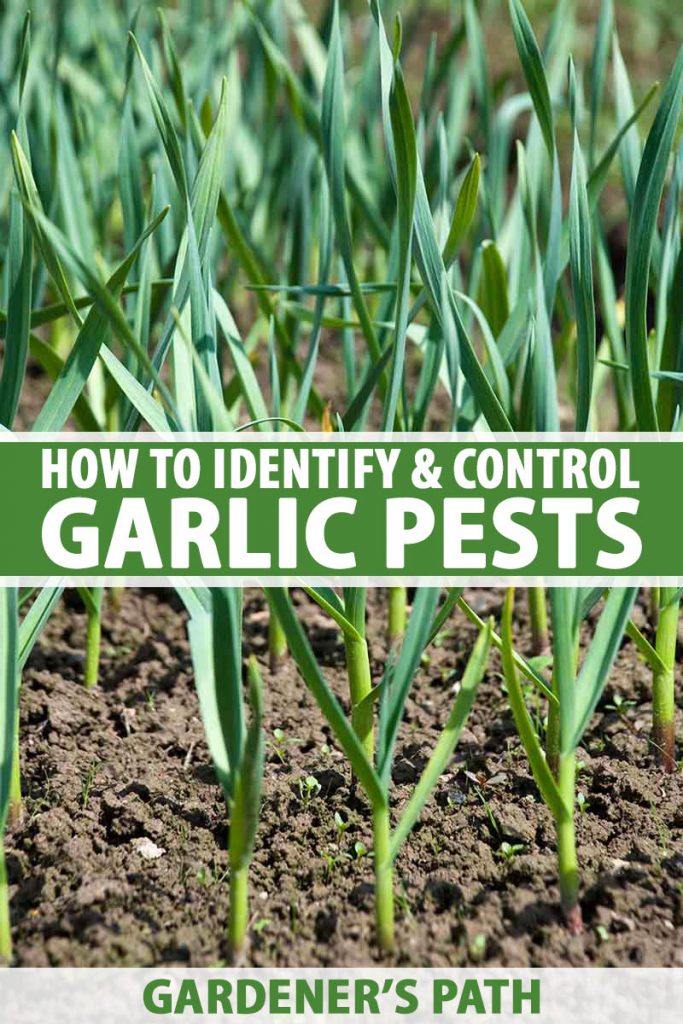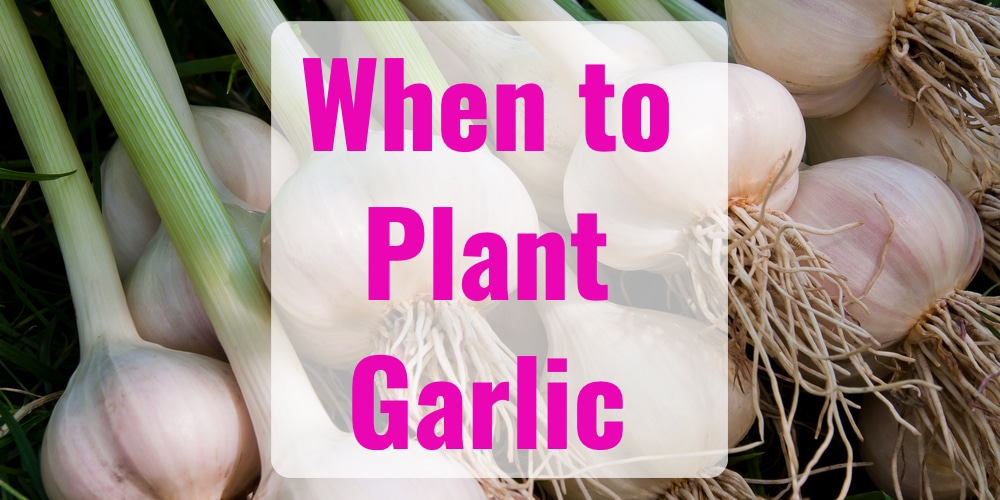Why Garlic Needs Friends: The Benefits of Companion Planting
Companion planting, a centuries-old practice, has been proven to enhance crop growth, reduce pests and diseases, and improve soil health. By planting different vegetables and herbs together, gardeners can create a more diverse and resilient garden ecosystem. Garlic, in particular, benefits from being planted alongside other plants, a technique known as intercropping. When planted with the right companions, garlic can thrive, and its natural defenses can be bolstered. For instance, certain plants can repel pests that target garlic, while others can attract beneficial insects that prey on these pests. So, what to plant with garlic to reap these benefits? By understanding the advantages of companion planting, gardeners can unlock the full potential of their garlic crop. Improved growth, pest control, and soil health are just a few of the benefits that can be achieved by planting garlic with its perfect partners.
Repelling Pests and Attracting Allies: Garlic’s Natural Defenders
One of the most significant advantages of companion planting is its ability to repel pests and attract beneficial insects. When it comes to garlic, certain plants can help defend it against pests that target it. For instance, basil and mint are known to repel aphids and spider mites, common pests that target garlic. These herbs release chemicals that confuse or deter pests, reducing the risk of infestation. On the other hand, plants like marigold and nasturtium attract beneficial insects that prey on these pests. By planting these allies alongside garlic, gardeners can create a natural defense system that reduces the need for pesticides and other chemicals. By understanding what to plant with garlic, gardeners can harness the power of companion planting to create a more resilient and productive garden. By incorporating these natural defenders into their garlic bed, gardeners can enjoy a healthier, more robust crop.
How to Create a Balanced and Thriving Garlic Bed
Designing a garlic bed that incorporates complementary plants requires careful consideration of spacing, soil preparation, and sunlight requirements. When planning a garlic bed, it’s essential to choose plants that have similar growing conditions and space requirements. For instance, garlic typically requires full sun to partial shade and well-draining soil with a pH between 6.0 and 7.0. By selecting plants that thrive in similar conditions, gardeners can create a harmonious and productive garden bed. In terms of spacing, garlic typically requires 4-6 inches of space between each clove, while companion plants like beets and carrots can be planted 2-3 inches apart. By understanding what to plant with garlic and how to design a balanced bed, gardeners can create a thriving ecosystem that promotes healthy growth and reduces the risk of pests and diseases.
The Top 5 Plants to Grow with Garlic for Maximum Yield
When it comes to choosing the perfect companions for garlic, some plants stand out for their ability to enhance growth, flavor, and overall productivity. By understanding what to plant with garlic, gardeners can create a thriving ecosystem that promotes healthy growth and maximum yield. Here are the top five plants to grow with garlic: beets, carrots, lettuce, radishes, and spinach. Beets, for instance, have a similar growing season to garlic and can help to repel pests that target garlic. Carrots, on the other hand, have a deep taproot that can help to break up compacted soil, making it easier for garlic to grow. Lettuce and spinach are both cool-season crops that can be planted alongside garlic in the early spring or late summer, providing a continuous harvest throughout the growing season. Radishes, with their fast growth rate, can help to repel cucumber beetles and other pests that target garlic. By planting these companions alongside garlic, gardeners can create a diverse and resilient garden ecosystem that promotes healthy growth and maximum yield.
Garlic and Herbs: A Match Made in Heaven
The symbiotic relationship between garlic and herbs is a classic example of the power of companion planting. When planted alongside herbs like parsley, rosemary, and thyme, garlic can enhance their flavors and aromas, while the herbs can improve the growth and health of the garlic. This mutually beneficial relationship is due to the unique properties of each plant. For instance, parsley’s tall, leafy stems can provide shade for garlic, reducing soil temperature and retaining moisture. Meanwhile, rosemary’s pungent aroma can help to repel pests that target garlic, such as aphids and spider mites. Thyme, with its tiny, fragrant leaves, can help to improve soil health by attracting beneficial insects and microorganisms. By understanding what to plant with garlic, gardeners can create a harmonious and productive garden bed that showcases the best of both worlds. By combining garlic with herbs, gardeners can create a flavorful and fragrant garden that is both beautiful and bountiful.
Companion Planting for Soil Health: Garlic’s Role in the Ecosystem
When it comes to creating a thriving and resilient garden, soil health is paramount. Garlic, when planted with other vegetables and herbs, can play a crucial role in improving soil structure, fertility, and biodiversity. By understanding what to plant with garlic, gardeners can create a harmonious ecosystem that benefits all plants involved. For instance, garlic’s deep roots can help to break up compacted soil, allowing air and water to penetrate more easily. This, in turn, can benefit plants like carrots and beets, which have similar growing requirements. Additionally, garlic’s natural pest-repelling properties can help to reduce the need for pesticides, creating a safer and more sustainable growing environment. By incorporating garlic into a diverse and balanced garden bed, gardeners can create a thriving ecosystem that is better equipped to withstand pests, diseases, and environmental stressors. By choosing the right companions for garlic, gardeners can unlock the full potential of their garden, leading to a more productive and resilient harvest.
Common Mistakes to Avoid When Planting with Garlic
While companion planting with garlic can be a highly effective way to improve growth, pest control, and soil health, there are some common mistakes to avoid. One of the most critical errors is planting garlic alongside vegetables or herbs that compete for the same resources, such as water, nutrients, or sunlight. For example, planting garlic with onions or leeks can lead to competition for nutrients, resulting in stunted growth and reduced yields. Another mistake is planting garlic with plants that attract pests that target garlic, such as aphids or spider mites. For instance, planting garlic with beans or peas can attract these pests, leading to infestations and reduced yields. By understanding what to plant with garlic and what to avoid, gardeners can create a harmonious and productive garden bed that maximizes the benefits of companion planting. By avoiding these common mistakes, gardeners can ensure that their garlic crop thrives and reaches its full potential.
Getting Started with Garlic Companion Planting: A Beginner’s Guide
For those new to companion planting with garlic, getting started can seem daunting. However, with a few simple steps, beginners can create a thriving garlic bed that reaps the benefits of this powerful technique. First, choose a garlic variety that is well-suited to your climate and growing conditions. Some popular varieties for beginners include ‘Elephant’ and ‘Silverskin’. Next, prepare the soil by loosening it to a depth of 8-10 inches and incorporating organic matter such as compost or well-rotted manure. Garlic prefers well-draining, fertile soil with a pH between 6.0 and 7.0. When planting, space garlic cloves 4-6 inches apart and 2-3 inches deep, with the pointed end facing upwards. Finally, select the perfect partners for your garlic, such as beets, carrots, or lettuce, and plant them according to their specific spacing and growing requirements. By following these simple steps and understanding what to plant with garlic, beginners can create a harmonious and productive garden bed that yields a bountiful harvest. With a little planning and preparation, anyone can unlock the power of companion planting with garlic and enjoy a more resilient and thriving garden.






